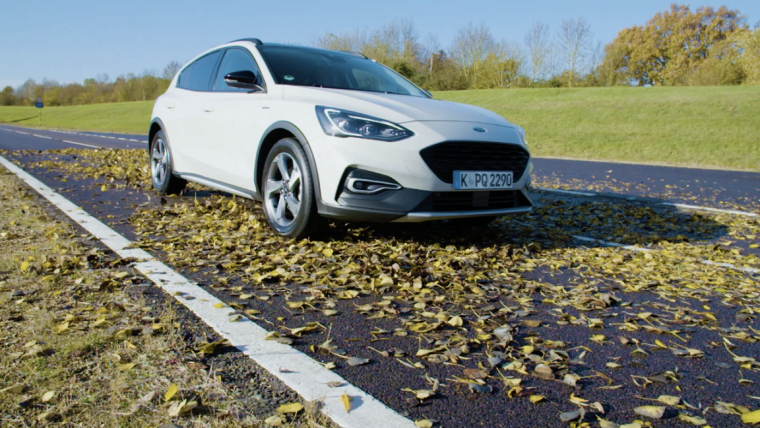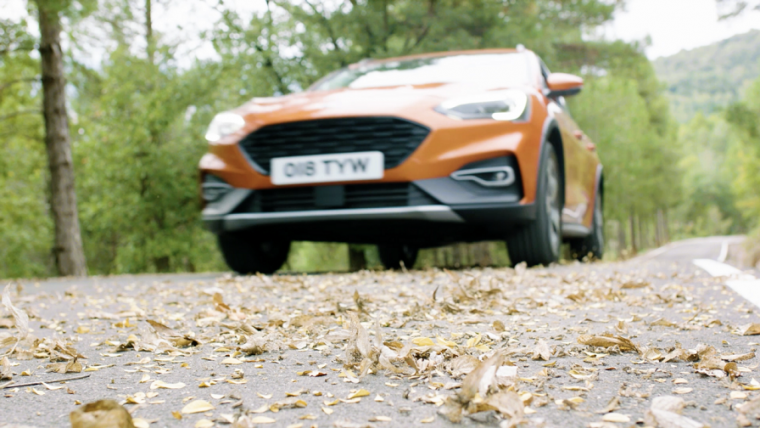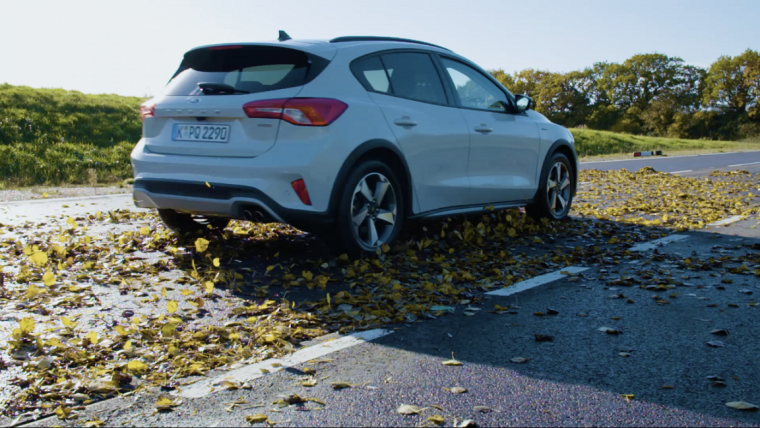Driving Over Leaves Can Be as Hazardous as Driving Over Snow: Ford
Chances are good that you’re not as concerned about driving in the wet days of autumn as you are about driving in the snowy, icy days of … well, also autumn, but mostly winter. Low temperatures in the northeast threaten to give drivers heading home from Thanksgiving a bit of both in the days ahead. But Ford has determined that, contrary to what you may think, driving over wet leaves can be just as hazardous as driving on snow.
What About If You Want to Get Down and Dirty? Here’s what you need to know if you plan to start off-roading
Ford engineers tested the effects of driving over leaves by gathering bags and covering the track at the Belgium proving grounds. Using a device that tests friction, they were able to determine just how slick the surfaces were under wheel.
Comparing this information to data gathered in testing done in snowy Scandinavia, it was found that leaves can in fact be every bit as slippery as slow. Leaves were shown to measure between 0.3 and 0.4µ — with µ being the unit by which slipperiness is measured. This was consistent with the levels observed when driving over snow.
“It was fun to conduct the experiment but there was a serious point,” said Eddy Kasteel, development engineer, Ford of Europe. “Most people know to slow down and drive more cautiously for snow. But far fewer of us give the same respect to roads covered in leaves — that can be just as slippery.”
Coming Soon from Ford: 2019 Ford Ranger making its long-awaited U.S. return very soon
Ford, naturally, uses this information to hawk the new Slippery Mode offered with the Ford Focus Active. This new mode will, get this, allow drivers to more confidently traverse over slick roads whether the culprit is snow or leaves. Amazing! Synergy!
Kyle S. Johnson lives in Cincinnati, a city known by many as “the Cincinnati of Southwest Ohio.” He enjoys professional wrestling, Halloween, and also other things. He has been writing for a while, and he plans to continue to write well into the future. See more articles by Kyle.





